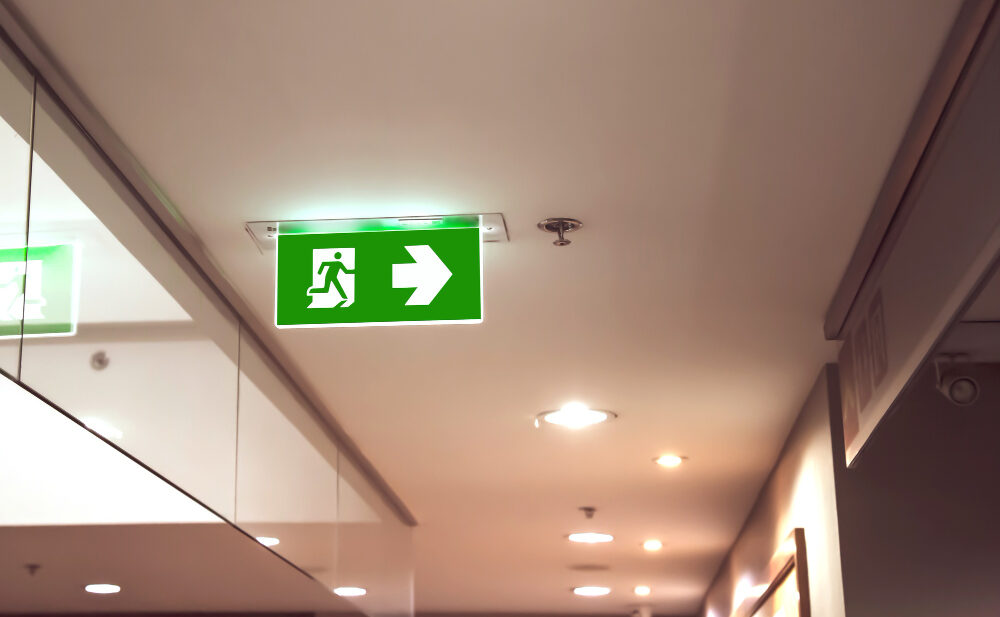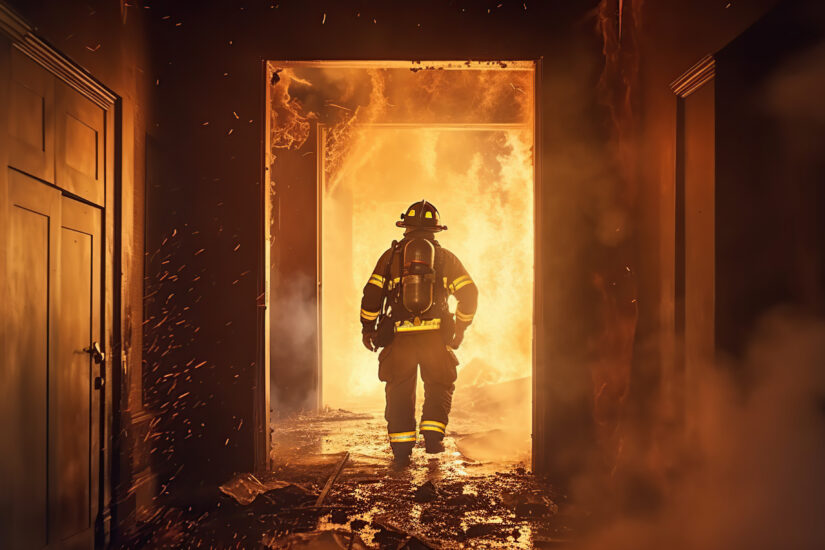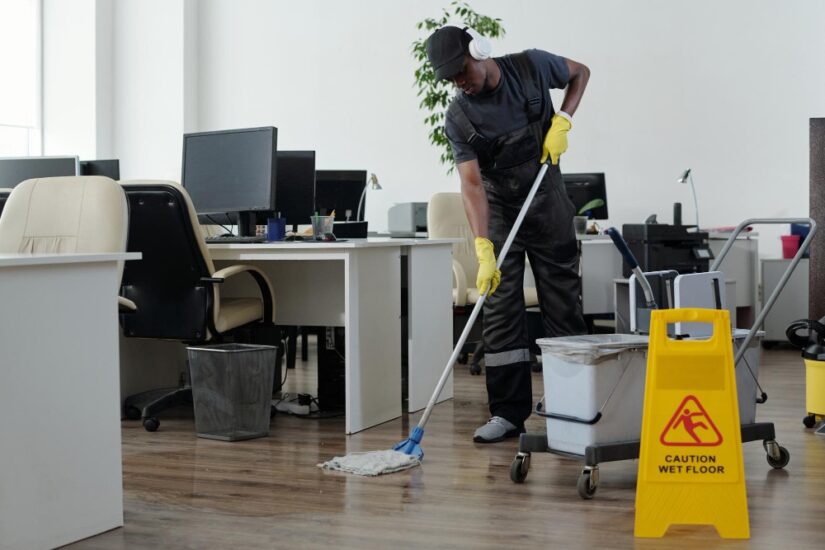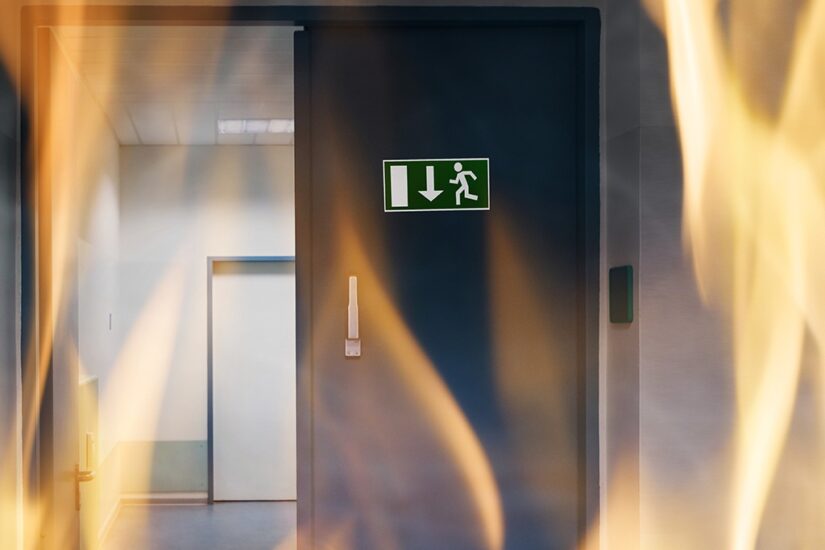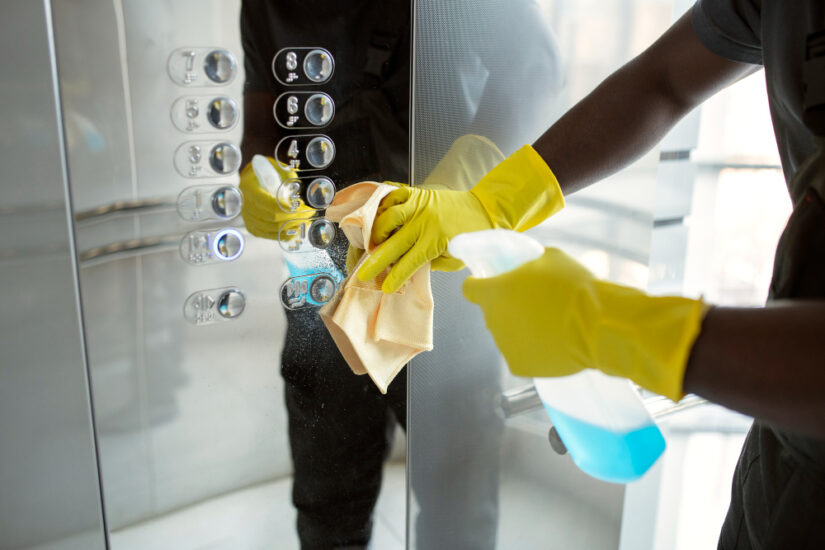When it comes to building safety and compliance, few systems are as critical as emergency lighting. In the event of a power failure, these lights ensure occupants can evacuate safely and that essential areas remain visible. Many people search for how to install emergency lighting — but while understanding the process is important, actually carrying it out requires technical expertise and compliance with strict regulations.
In this post, we’ll outline what’s involved in installing emergency lighting and why it’s often safer, faster, and more cost-effective to have a qualified facilities management team handle it.
Understanding What Emergency Lighting Does
Emergency lighting isn’t just a backup light — it’s a lifesaving system designed to illuminate exit routes, stairwells, and key safety points during a power failure.
There are different types, including:
- Escape route lighting – illuminates routes to exits.
- Open area (anti-panic) lighting – reduces panic and provides general visibility.
- High-risk task lighting – supports safe shutdown of hazardous processes.
What’s Involved in Installation
Installing emergency lighting isn’t as simple as fitting standard lights. A compliant installation involves:
- Surveying the premises to determine lighting points and coverage needs.
- Designing a compliant layout following BS 5266 and other safety standards.
- Selecting suitable fittings (maintained, non-maintained, or combined units).
- Connecting to the correct power circuits and ensuring battery backup capacity.
- Testing and certification to prove the system meets legal requirements.
Each step requires specialist electrical knowledge and familiarity with fire safety regulations, making professional installation essential.
Common Mistakes with DIY Installation
Even small errors can cause major compliance failures. Common issues include:
- Inadequate light levels or coverage.
- Incorrect positioning of fittings.
- Poor battery backup integration.
- Missing documentation for compliance checks.
These mistakes can result in fines, failed inspections, and increased liability in the event of an emergency.
Why Work with a Professional Facilities Management Team
At Global, our qualified engineers ensure every emergency lighting system is:
- Fully compliant with current UK regulations.
- Professionally designed for your building’s layout and occupancy type.
- Installed efficiently with minimal disruption.
- Tested and certified for peace of mind.
We also offer ongoing maintenance and testing, helping you stay compliant year-round.
Need Emergency Lighting Installed or Inspected?
If you’re considering new emergency lighting or need your existing system checked, get in touch with our team. We’ll provide a full site assessment and a clear plan to bring your system up to standard — safely and professionally.



